Cannabis is an incredible, multi-purpose plant. As our body of research expands, new avenues of potential treatment emerge for conditions that were previously overlooked. One of those avenues is people living with autism using cannabis.
First, let’s be clear; cannabis cannot cure autism. There is no cure for autism spectrum disorder, and it does not need to be “cured.” Instead, thanks to changing perspectives in psychiatry and psychology, individuals with ASD, commonly dubbed neurodivergent, highlight the fact that their brains are programmed in a way that is not typical, but not necessarily wrong. In fact, this neurodiversity is now being accepted and many people with ASD are empowered to live happy and fulfilling lives just as they are. And the problematic symptoms of ASD, like OCD, social anxiety, and communication issues can often be mitigated by working with a board certified behavior analyst. 1
Based on limited existing evidence, the best strain of cannabis for autism is a high-CBD strain with limited THC, and a terpene profile that includes beta-caryophyllene, linalool, limonene, pinene, or myrcene.
Strain names are included in this article as a reference point, but strain names are an unreliable indicator of chemical makeup. Take these as a starting point and look for strains that match these profiles, not ones that necessarily share their name.
Autism and the endocannabinoid system
Autism spectrum disorder is a neurological and developmental disorder that affects how people interact with and experience the world. People with autism can struggle with sensory issues, fine motor skills, socialization, communication, self-injurious behaviors, anxiety, emotional outbursts, repetitive behavior, and highly specific interests. Autism is referred to as a spectrum because there is a variation in the symptoms and severity that people experience.
People with autism often have comorbid diagnoses such as anxiety, depression, sleep disturbances, ADHD, epilepsy, allergies, autoimmune conditions, and gastrointestinal conditions. Neurodivergence has always existed, but it is only in recent decades that science has truly begun to understand the full breadth of autism and neurodivergence as a whole. 2 3
The main thing to understand when trying to identify cannabis strains for autism is the endocannabinoid system. The endocannabinoid system (ECS) is a major neuromodulatory network with receptors on every organ in your body. The ECS exists in all mammals and affects most of your biological functions.
There is a host of emerging research examining the connection between autism and the endocannabinoid system.
- A 2021 review of existing research found “solid evidence that unbalanced ECS signaling is involved in the occurrence of ASD.” 4
- A 2020 rodent trial concluded that “clinical and preclinical data strongly support the involvement of the ECS” in the pathology of ASD” and its relevance to drug discovery. 5
- A 2019 study of children with ASD found that they often have an altered or dysregulated ECS system and noted that activating the ECS “rescued social deficits”. 6
- A 2017 review of research on ASD and the ECS identified a clear connection between the role of endocannabinoid system and autism-like symptoms. 7
- ASD has been associated with immune dysregulation, neuroinflammation, and overactivity of brain neurons. Activation of cannabinoid receptors may help reduce these aggravating factors. 8
People with autism often do not understand or recognize social cues and may struggle to navigate complex social relationships with unspoken expectations. Depending on the neurodivergent individual, they may understand what is going on around them, but lack the ability to communicate a response understood by those around them. Endocannabinoid signaling plays an important role in the neural processes of social anxiety and reward, and this signaling is context-dependent and selectively recruited. 9
How cannabis can help with ASD symptoms
Although cannabis will not “cure” autism, stimulating the endocannabinoid system can help manage symptoms such as:
- Outbursts
- Insomnia
- Hyperactivity
- OCD/repetitive behaviors
- Anxiety and depression
A 2019 trial gave CBD oil (20:1) to 53 autistic children in Israel for around two months. The study found:
- self-injury and rage attacks improved in 67.6%
- hyperactivity symptoms improved in 68.4%
- sleep problems improved in 71.4%
- anxiety improved in 47.1% 10
A 2019 study of 188 ASD patients treated with 30% CBD oil with 1.5% THC found that cannabis is “well tolerated, safe and effective option to relieve symptoms associated with ASD.” The average dose taken by patients was ~80mg CBD and 4mg THC, taken by mouth three times per day. Over half of the patients had moderate improvement in ASD symptoms, while almost half had significant improvements. 11
A retrospective study published in 2018 examined 60 children treated with cannabis oil at a 20:1 CBD/ THC ratio. 12 Researchers found:
- behavioral outbreaks improved in 61%
- anxiety improved in 39%
- communication problems improved in 47%
- disruptive behaviors improved and patients reported their stress levels were lower
A 2021 study followed 33 children with ASD while being treated with CBD-rich cannabis oil, with less than 3% THC content. 13 The researchers found that:
- behavioral problems decreased in 10 patients (32.2%)
- expressive language increased in 7 patients (22.5%)
- improved cognition was reported in 4 patients (12.9%)
One important note about the studies mentioned above and autism research in general, there is typically a difference in symptoms between sexes. Historically males have been diagnosed with ASD more commonly than females, which explains the research bias towards men. Emerging data suggest ASD rates may be more similar in both sexes, but are less likely to be noticed in females.
Because we know that cannabis can affect the sexes differently, what works well for male ASD patients may end up not being the ideal for female patients. Looking forward we will need to unravel these complexities of cannabis medicine.
How to choose cannabis for ASD
To find the best cannabis strains to treat autism symptoms, don’t get stuck on indica/sativa labels. These labels are meaningless to tell you the chemical profile of your cannabis product; at best this can only tell you if the product came from a cannabis indica or cannabis sativa plant. Don’t worry too much about strain names either; studies have shown that strains can carry the same name and have wildly different chemical profiles.
Instead, start with chemovars. Chemovars classify cannabis by the dominant cannabinoid, and there are three main chemotypes on the market.
- Type I – High THC. Low CBD
- Type II – balanced THC and CBD
- Type III – High CBD, low THC
The best cannabis strain for autism is subjective and dependent on each person and the specific symptoms you’re trying to manage. Autism is a wide spectrum, and it is impossible to say a single strain or chemical type is best for everyone.
However, high-CBD strains with low amounts of THC have shown in research to be the best tolerated by autistic people. As the 2021 study referenced above said “using lower doses of CBD and trace THC seems to be promising in managing behavioral problems associated with autism.” 14
This is not to say everyone with autism should avoid THC, but it should be approached with caution. THC can increase anxiety, paranoia, and depression and should be approached with caution by anyone who struggles with anxiety or depression.
CBD is the cannabinoid with the most research behind it for treating symptoms of autism. However it’s important to note that sleep disturbances were found to be a common side effect in many human trials. CBD can be wakeful so the timing of the dose is important to get the most benefits with the least sleep disturbances. 15
How you consume cannabis matters too. Inhaled cannabis from vapor or smoke works quickly, taking effect within minutes, but the effect is over in a few hours. Conversely, oral cannabis from edibles or tinctures takes over an hour to take effect but can last for 6 – 8 hours. The results you’re looking for and the ability of the person to consume affect what delivery method is best.
Minor cannabinoids for ASD
The benefits for cannabis are not limited to THC and CBD alone. In fact, there are many lesser known cannabinoids that could be incredibly useful at helping autistic patients. From cannabinoid acids to minor cannabinoids, the plant has a ton to offer to neurodivergent patients.
Cannabidivarin (CBDV) may be a promising cannabinoid in treating the symptoms of ASD to enhance quality of life. It has anticonsulvant, neuroprotectant, and anti-inflammatory effects. In an animal study, it was shown that CBDV reduced symptoms of ASD. This approach remains experimental, and how exactly CBDV may help with ASD remains to be fully explored despite early promising studies. 16 17
While minor cannabinoids like CBDV are certainly less available than THC and CBD, products containing CBDV are rapidly entering the North American hemp market thanks to advanced breeding techniques led by companies like Oregon CBD. They will undoubtedly also penetrate into international markets soon enough.
Best terpenes for ASD
If you’re looking for terpenes to help with insomnia, sleep disturbances, or hyperactivity, look for terpenes with sedative properties including: myrcene, linalool, beta-caryophyllene.
- Low doses of myrcene have “sedative as well as motor relaxant effect.” Importantly, the authors note that in high doses, myrcene may have an anxiogenic or anxiety-increasing effect. 18
- Inhaled linalool can have an anti-anxiety effect as well as a sedative effect. 19
- Beta-caryophyllene is a central nervous system depressant and was found to decrease the delay in falling asleep and increased sleep time in a preclinical rodent study. 20
If you’re looking for terpenes to help with depression and anxiety, look for beta-caryophyllene, linalool, limonene.
- The same rodent study also showed beta-caryophyllene had anxiolytic (anxiety-reducing) and antidepressant effects by interacting with certain receptors in the endocannabinoid system.
- Limonene epoxide, a derivative of limonene, showed an anxiolytic effect in preclinical rodent studies while a preliminary human study showed an antidepressant effect. 21
- Inhaled linalool has a plethora of studies attesting to its anxiety-reducing properties thanks to its popularity in aromatherapy. 22 23
- Beta-pinene showed “antidepressant-like activity” in a preclinical study on rodents. 24
The benefits of these terpenes aren’t limited to cannabis. Terpenes are abundant in nature, and you can also use essential oils, applied topically or inhaled to get similar benefits. ASD is a complex and often difficult to manage condition. Despite hope for using terpenes and essential oils alone to combat autism symptoms, much of the existing evidence does not support their use. 25
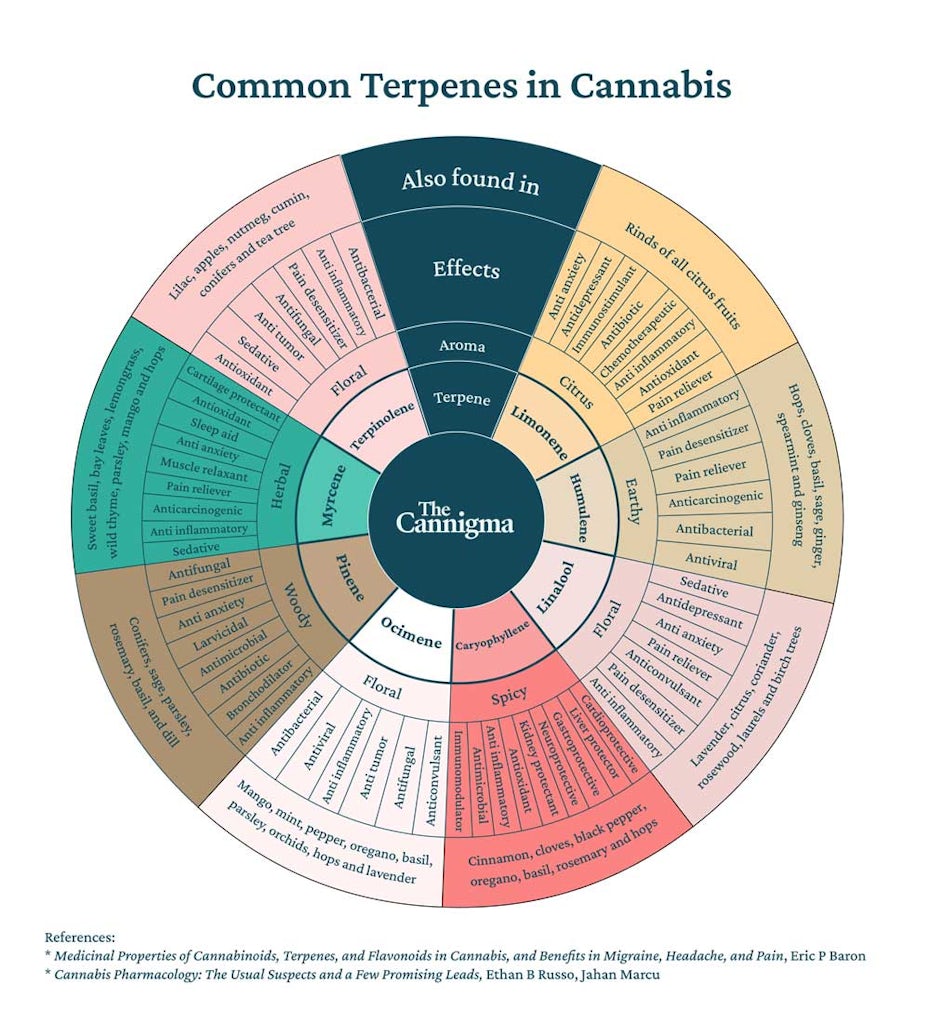
Best practices for using cannabis for ASD
Autism can be a challenging condition to manage and often requires numerous medications or therapies. Always have a healthcare professional, such as a pharmacist, check for drug interactions between cannabis and other medications. CBD has the potential to cause drug interactions, especially at higher doses, so being aware of drug interactions may help reduce side effects. 26 27
No clear dosage has been established for cannabis and ASD. Always start low and go slow while increasing doses. When it comes to ASD, you’re looking for a sweet spot. If the dose is too low symptoms may worsen, but if the dose is too high this may also result in worse symptoms.
The best cannabis strains for autism
The best strain of cannabis for autism is a high-CBD strain with little to no THC and a terpene profile that includes beta-caryophyllene, linalool, limonene, pinene, or myrcene. Strains with this profile include: ACDC, Canna-Tsu, and Cannatonic.
If you are interested in using THC, look for Type II strains that have a balance of THC and CBD. You can also combine hemp flower with THC flower, or supplement with a CBD tincture.
Sources
- Howes OD, Rogdaki M, Findon JL, Wichers RH, Charman T, King BH, Loth E, McAlonan GM, McCracken JT, Parr JR, Povey C. Autism spectrum disorder: Consensus guidelines on assessment, treatment and research from the British Association for Psychopharmacology. Journal of Psychopharmacology. 2018 Jan;32(1):3-29.
- Howes OD, Rogdaki M, Findon JL, et al. Autism spectrum disorder: Consensus guidelines on assessment, treatment and research from the British Association for Psychopharmacology. J Psychopharmacol. 2018;32(1):3-29. doi:10.1177/0269881117741766
- Zamberletti E, Gabaglio M, Woolley-Roberts M, Bingham S, Rubino T, Parolaro D. Cannabidivarin Treatment Ameliorates Autism-Like Behaviors and Restores Hippocampal Endocannabinoid System and Glia Alterations Induced by Prenatal Valproic Acid Exposure in Rats. Front Cell Neurosci. 2019 Aug 9;13:367. doi: 10.3389/fncel.2019.00367.
- Su, T, et al. Endocannabinoid System Unlocks the Puzzle of Autism Treatment via Microglia. Front. Psychiatry, 22 October 2021. Sec. Autism https://doi.org/10.3389/fpsyt.2021.734837
- Pietropaolo S, Bellocchio L, Bouzón-Arnáiz I, Yee BK. The role of the endocannabinoid system in autism spectrum disorders: Evidence from mouse studies. Prog Mol Biol Transl Sci. 2020;173:183-208. doi: 10.1016/bs.pmbts.2020.04.016. Epub 2020 May 23. PMID: 32711810.
- Aran, A., Eylon, M., Harel, M. et al. Lower circulating endocannabinoid levels in children with autism spectrum disorder. Molecular Autism 10, 2 (2019). https://doi.org/10.1186/s13229-019-0256-6
- Zamberletti E, Gabaglio M, Parolaro D. The Endocannabinoid System and Autism Spectrum Disorders: Insights from Animal Models. Int J Mol Sci. 2017 Sep 7;18(9):1916. doi: 10.3390/ijms18091916. PMID: 28880200; PMCID: PMC5618565.
- Kwan Cheung KA, Mitchell MD, Heussler HS. Cannabidiol and Neurodevelopmental Disorders in Children. Front Psychiatry. 2021 May 21;12:643442. doi: 10.3389/fpsyt.2021.643442. PMID: 34093265; PMCID: PMC8175856.
- Wei D, Allsop S, Tye K, Piomelli D. Endocannabinoid Signaling in the Control of Social Behavior. Trends Neurosci. 2017 Jul;40(7):385-396. doi: 10.1016/j.tins.2017.04.005. Epub 2017 May 26. PMID: 28554687; PMCID: PMC5699224.
- Barchel D, Stolar O, De-Haan T, Ziv-Baran T, Saban N, Fuchs DO, Koren G, Berkovitch M. Oral Cannabidiol Use in Children With Autism Spectrum Disorder to Treat Related Symptoms and Co-morbidities. Front Pharmacol. 2019 Jan 9;9:1521. doi: 10.3389/fphar.2018.01521. PMID: 30687090; PMCID: PMC6333745.
- Bar-Lev Schleider, L., Mechoulam, R., Saban, N. et al. Real life Experience of Medical Cannabis Treatment in Autism: Analysis of Safety and Efficacy. Sci Rep 9, 200 (2019). https://doi.org/10.1038/s41598-018-37570-y
- Aran, A., Cassuto, H., Lubotzky, A. Cannabidiol Based Medical Cannabis in Children with Autism- a Retrospective Feasibility Study. Neurology. April 10, 2018; 90 (15 Supplement)
- Bilge S, Ekici B. CBD-enriched cannabis for autism spectrum disorder: an experience of a single center in Turkey and reviews of the literature. J Cannabis Res. 2021 Dec 16;3(1):53. doi: 10.1186/s42238-021-00108-7. PMID: 34911567; PMCID: PMC8675523.
- Ibid
- Murillo-Rodríguez E, Sarro-Ramírez A, Sánchez D, Mijangos-Moreno S, Tejeda-Padrón A, Poot-Aké A, Guzmán K, Pacheco-Pantoja E, Arias-Carrión O. Potential effects of cannabidiol as a wake-promoting agent. Curr Neuropharmacol. 2014 May;12(3):269-72. doi: 10.2174/1570159X11666131204235805. PMID: 24851090; PMCID: PMC4023456.
- Rosenthaler, S. , Pöhn, B. , Kolmanz, C. , Nguyen Huu, C. , Krewenka, C. , Huber, A. , … Moldzio, R. (2014). Differences in receptor binding affinity of several phytocannabinoids do not explain their effects on neural cell cultures. Neurotoxicology and Teratology, 46, 49–56. 10.1016/j.ntt.2014.09.003
- Zamberletti E, Gabaglio M, Woolley-Roberts M, Bingham S, Rubino T, Parolaro D. Cannabidivarin Treatment Ameliorates Autism-Like Behaviors and Restores Hippocampal Endocannabinoid System and Glia Alterations Induced by Prenatal Valproic Acid Exposure in Rats. Front Cell Neurosci. 2019 Aug 9;13:367. doi: 10.3389/fncel.2019.00367.
- do Vale TG, Furtado EC, Santos JG Jr, Viana GS. Central effects of citral, myrcene and limonene, constituents of essential oil chemotypes from Lippia alba (Mill.) n.e. Brown. Phytomedicine. 2002 Dec;9(8):709-14. doi: 10.1078/094471102321621304. PMID: 12587690.
- Linck VM, da Silva AL, Figueiró M, Piato AL, Herrmann AP, Dupont Birck F, Caramão EB, Nunes DS, Moreno PR, Elisabetsky E. Inhaled linalool-induced sedation in mice. Phytomedicine. 2009 Apr;16(4):303-7. doi: 10.1016/j.phymed.2008.08.001. Epub 2008 Sep 27. PMID: 18824339.
- Bahi, A., Al Mansouri, S., Al Memari, E., Al Ameri, M., Nurulain, S. M., & Ojha, S. (2014). β-Caryophyllene, a CB2 receptor agonist produces multiple behavioral changes relevant to anxiety and depression in mice. Physiology & behavior, 135, 119–124. https://doi.org/10.1016/j.physbeh.2014.06.003
- de Almeida, A. A., Costa, J. P., de Carvalho, R. B., de Sousa, D. P., & de Freitas, R. M. (2012). Evaluation of acute toxicity of a natural compound (+)-limonene epoxide and its anxiolytic-like action. Brain research, 1448, 56–62. https://doi.org/10.1016/j.brainres.2012.01.070
- Komori T, Fujiwara R, Tanida M, Nomura J, Yokoyama MM. Effects of citrus fragrance on immune function and depressive states. Neuroimmunomodulation. 1995 May-Jun;2(3):174-80. doi: 10.1159/000096889. PMID: 8646568.
- Linck VM, da Silva AL, Figueiró M, Caramão EB, Moreno PR, Elisabetsky E. Effects of inhaled Linalool in anxiety, social interaction and aggressive behavior in mice. Phytomedicine. 2010 Jul;17(8-9):679-83. doi: 10.1016/j.phymed.2009.10.002. Epub 2009 Dec 3. PMID: 19962290.
- Guzmán-Gutiérrez, S. L., Bonilla-Jaime, H., Gómez-Cansino, R., & Reyes-Chilpa, R. (2015). Linalool and β-pinene exert their antidepressant-like activity through the monoaminergic pathway. Life sciences, 128, 24–29. https://doi.org/10.1016/j.lfs.2015.02.021
- Williams TI. Evaluating effects of aromatherapy massage on sleep in children with autism: a pilot study. Evid Based Complement Alternat Med. 2006;3(3):373-377. doi:10.1093/ecam/nel017
- Kocis P, T, Vrana K, E: Delta-9-Tetrahydrocannabinol and Cannabidiol Drug-Drug Interactions. Med Cannabis Cannabinoids 2020;3:61-73.
- MacCallum CA, Russo EB. Practical considerations in medical cannabis administration and dosing. Eur J Intern Med. 2018 Mar;49:12-19. doi: 10.1016/j.ejim.2018.01.004.
Sign up for bi-weekly updates, packed full of cannabis education, recipes, and tips. Your inbox will love it.

 Shop
Shop Support
Support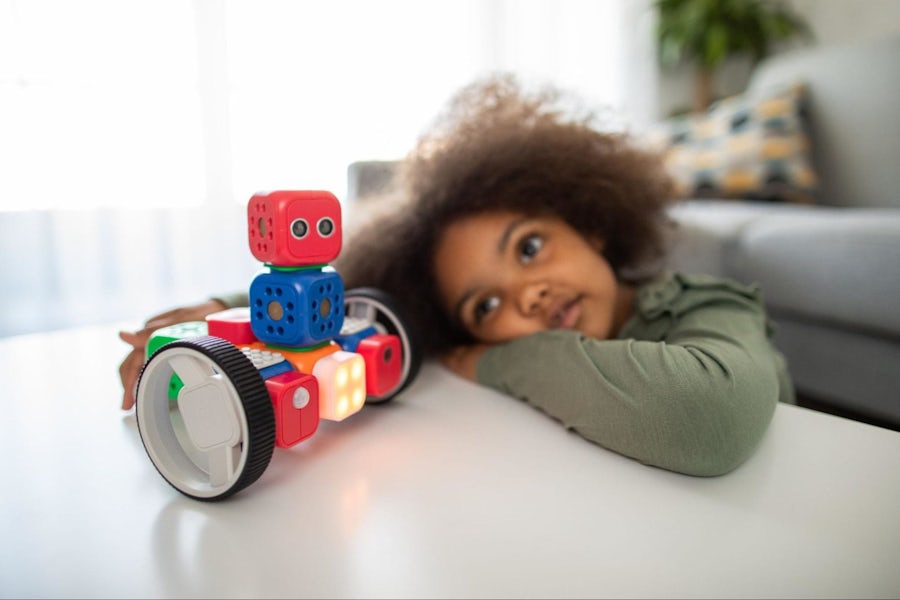
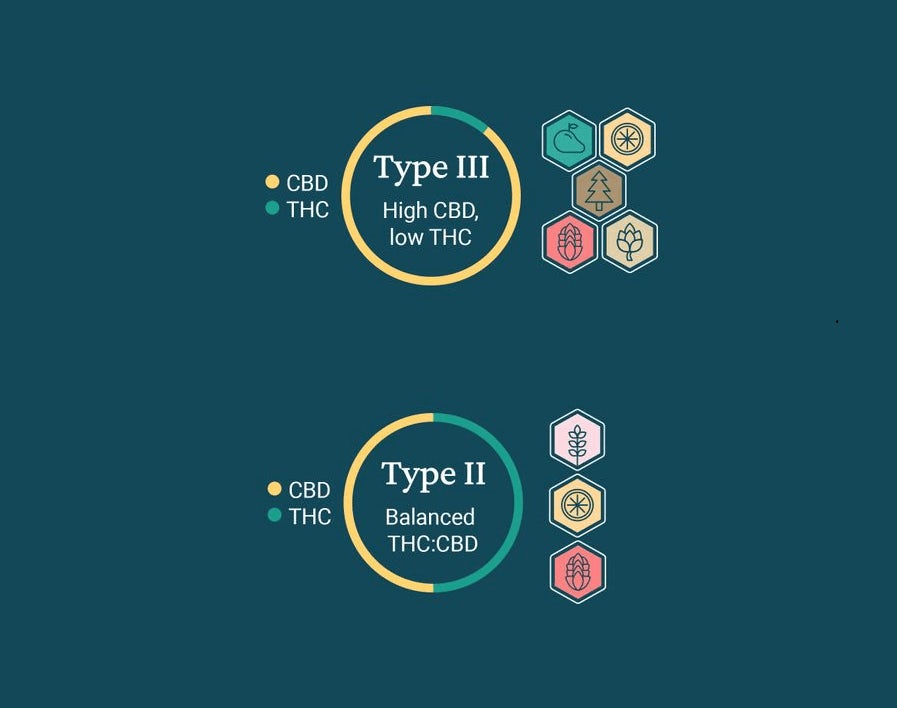
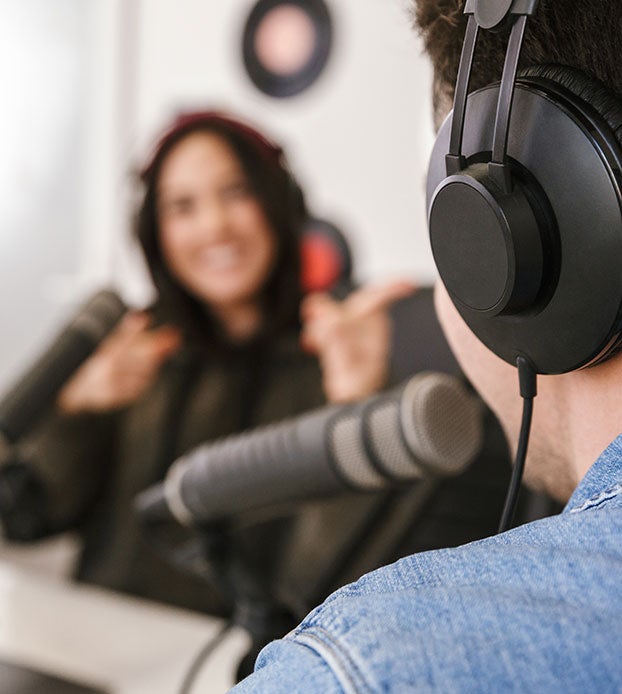
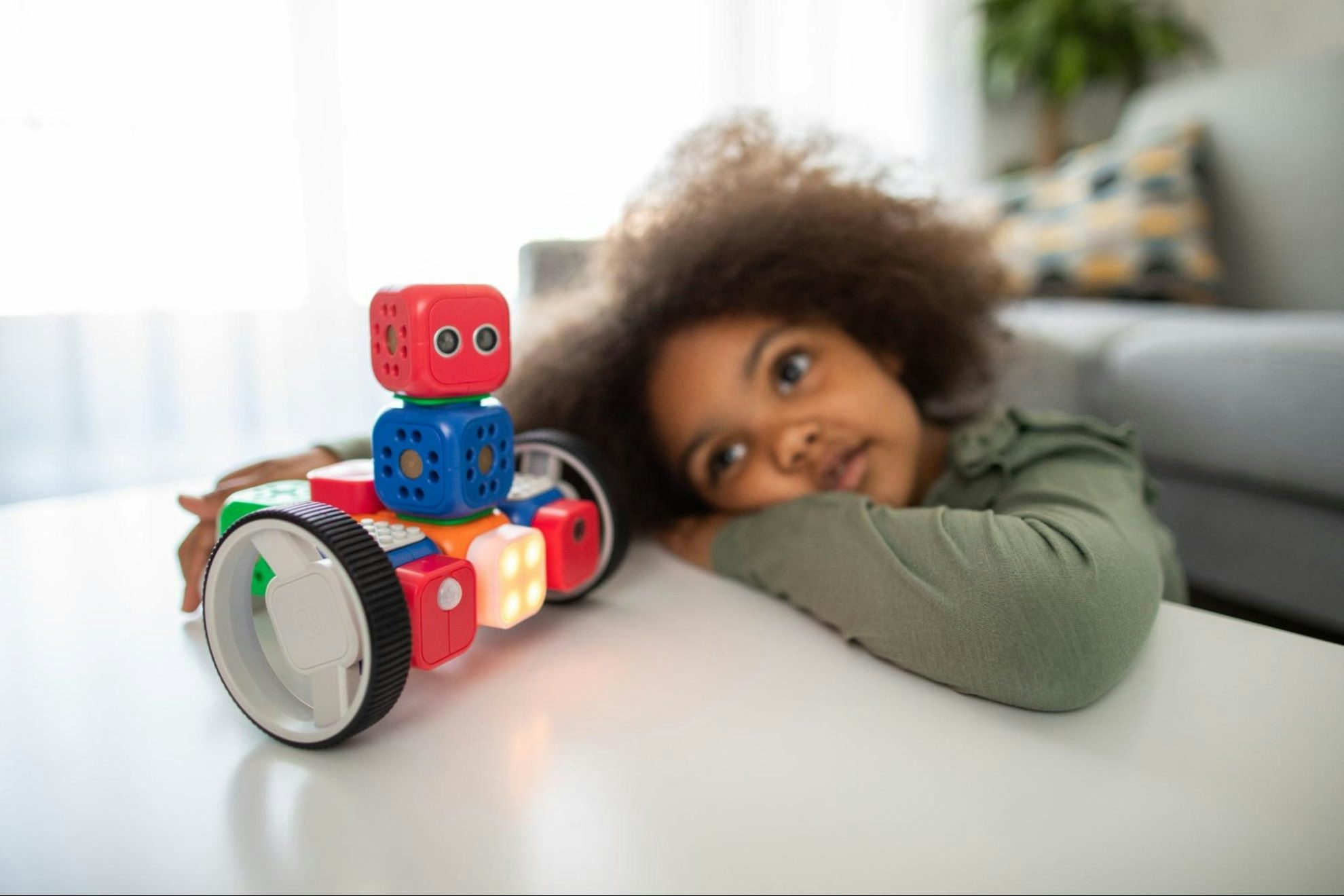


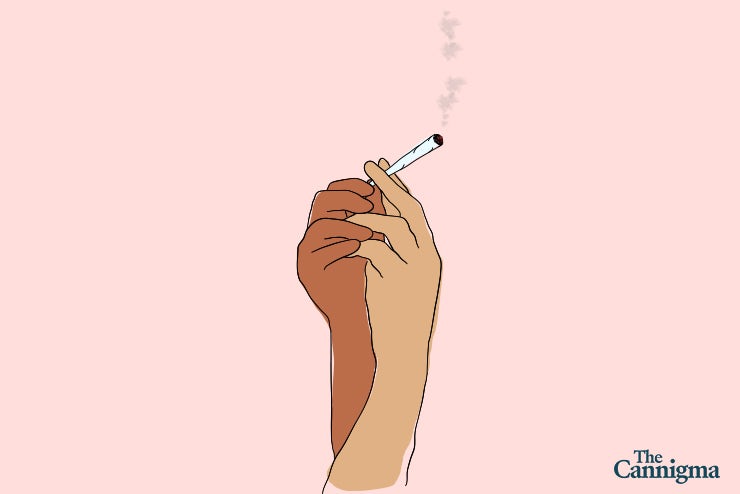













This article says neurodiversity is to be accepted and celebrated and then it literally says to treat it, see a bcba. As in, ABA – a practice widely criticized by autistic people for forcing them to mask and change who they are to make neurotypical people comfortable. Please correct the article.